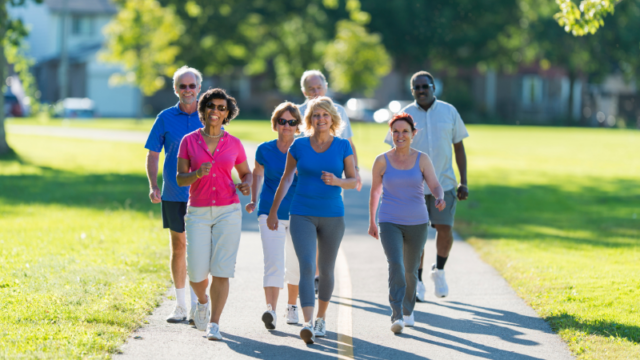As people age, their risk of falling increases, which can lead to serious injury or even death. Falls are the leading cause of injury-related deaths among adults aged 65 and older.
According to the Centers for Disease Control and Prevention (CDC), one in four adults over the age of 65 falls each year, and falling once doubles the likelihood of falling again.
Table of Contents
Ways To Make Sure Seniors Don’t Fall At Home
There are many things that seniors and their caregivers can do to reduce the risk of falling at home. Here are five ways to stop senior citizens from falling at home.
1. Remove Hazards and Improve Lighting
One of the most important things to do to reduce the risk of falls at home is to remove any hazards that could cause tripping, slipping or falling. For example, seniors should remove throw rugs, electrical cords, and any clutter that could cause them to trip. They should also ensure that all rooms are well-lit, with switches easily accessible and night lights installed in hallways and bathrooms.
Improving lighting is especially important in areas where seniors are most likely to fall, such as stairs, bathrooms, and hallways. Seniors can install motion-sensor lights that automatically turn on when they enter a room or hallway. This will help them see where they are going and avoid tripping on objects that are difficult to see in the dark.
2. Install Grab Bars and Handrails
Installing grab bars and handrails in key areas can greatly reduce the risk of falls for seniors. These safety devices provide additional support and stability, helping seniors maintain their balance as they move around the house.
Grab bars should be installed in bathrooms near the toilet, shower, and bathtub. They should be placed at the right height to ensure that seniors can easily reach them and provide a firm grip. Handrails should be installed on both sides of stairs and along hallways to provide support as seniors move around the house.
3. Wear Proper Footwear
Wearing proper footwear can also help reduce the risk of falls at home. Seniors should wear shoes that are comfortable, well-fitting, and provide good support. They should avoid shoes with high heels, slippery soles, or loose-fitting slippers, which can increase the risk of falls.
It is also important for seniors to check their shoes regularly to make sure that the soles are not worn out, which can affect traction and stability. Seniors with mobility issues may also consider wearing shoes with non-slip soles or adding non-slip pads to their shoes to improve traction.
4. Exercise

Regularly Exercise can help seniors maintain their strength, balance, and coordination, which are all important factors in preventing falls. Seniors should engage in regular physical activity, such as walking, swimming, or yoga, to help improve their strength and balance.
Exercise programs specifically designed for seniors can also help improve their balance and reduce their risk of falls. These programs may include activities like strength training, balance exercises, and tai chi. Seniors should consult with their doctor before starting any exercise program to ensure that it is safe for them.
5. Use Assistive Devices
Assistive devices can also help seniors reduce their risk of falls at home. For example, seniors who have difficulty standing or walking for long periods may benefit from a cane or walker to provide additional support and stability.
Other assistive devices that can help reduce the risk of falls include raised toilet seats, shower chairs, and bath benches. These devices can make it easier and safer for seniors to perform everyday tasks and activities, reducing their risk of falls.
Falls are a serious concern for seniors, but there are many things that can be done to reduce the risk of falling at home.
Removing hazards, improving lighting, installing grab bars and handrails, wearing proper footwear, exercising regularly, and using assistive devices can all help seniors maintain their independence and reduce the risk of falls.
However, it’s important to remember that preventing falls is a team effort. Caregivers, family members, and friends can all play a role in helping seniors stay safe at home. They can help remove hazards, install safety devices, and encourage seniors to stay active and engaged in physical activity.
Additionally, regular check-ups with a healthcare provider can help identify any underlying health issues or medications that may increase the risk of falls. Seniors should also be aware of the side effects of any medications they are taking and discuss any concerns with their healthcare provider.
Summary
In conclusion, falls are a serious concern for seniors, but there are many things that can be done to reduce the risk of falling at home.
By removing hazards, improving lighting, installing safety devices, wearing proper footwear, exercising regularly, and using assistive devices, seniors can maintain their independence and reduce their risk of falls.
Caregivers, family members, and friends can also play a role in helping seniors stay safe at home by being vigilant and providing support when needed.
